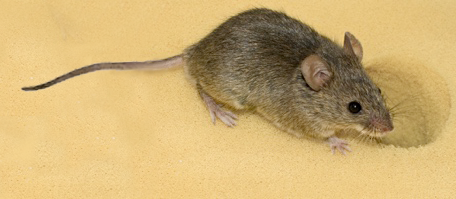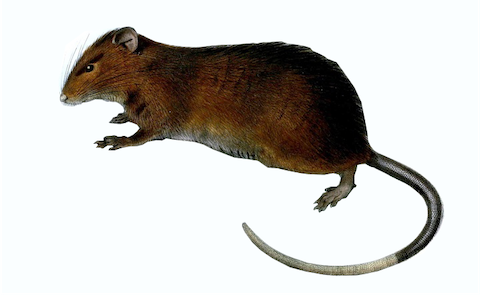Temporal and spatial characterization of mononuclear phagocytes in circulating, lung alveolar and interstitial compartments in a mouse model of bleomycin-induced pulmonary injury.
Abstract
The mononuclear phagocyte system, including circulating monocytes and tissue resident macrophages, plays an important role in acute lung injury and fibrosis. The detailed dynamic changes of mononuclear phagocytes in the circulating, lung alveolar and interstitial compartments in bleomycin-induced pulmonary injury model have not been fully characterized. The present study was designed to address this issue and analyzed their relationships with pulmonary pathological evolution after bleomycin challenge. A total of 100 male C57BL/6 mice were randomly divided to receive bleomycin (2.5mg/kg, n=50) or normal saline (n=50) via oropharyngeal approach, and were sacrificed on days 1, 3, 7, 14 and 21. Circulating monocyte subsets, polarization state of bronchoalveolar lavage fluid (BALF)-derived alveolar macrophages (AMphi) and lung interstitial macrophages (IMphi, derived from enzymatically digested lung tissue) were analyzed by flow cytometry. There was a rapid expansion of circulating Ly6C(hi) monocytes which peaked on day 3, and its magnitude was positively associated with pulmonary inflammatory response. Moreover, an expansion of M2-like AMphi (F4/80+CD11c+CD206+) peaked on day 14, and was positively correlated with the magnitude of lung fibrosis. The polarization state of IMphi remained relatively stable in the early- and mid-stage after bleomycin challenge, expect for an increase of M2-like (F4/80+CD11c-CD206+) IMphi on day 21. These results support the notion that there is a Ly6C(hi)-monocyte-directed pulmonary AMphi alternative activation. Our result provides a dynamic view of mononuclear phagocyte change in three compartments after bleomycin challenge, which is relevant for designing new treatment strategies targeting mononuclear phagocytes in this model.
| Authors: | Ji WJ, Ma YQ, Zhou X, Zhang YD, Lu RY, Sun HY, Guo ZZ, Zhang Z, Li YM, Wei LQ |
|---|---|
| Journal: | J. Immunol. Methods; 2014 Jan 31; 403(1-2) 7-16. doi:10.1016/j.jim.2013.11.012 |
| Year: | 2014 |
| PubMed: | PMID: 24280595 (Go to PubMed) |


